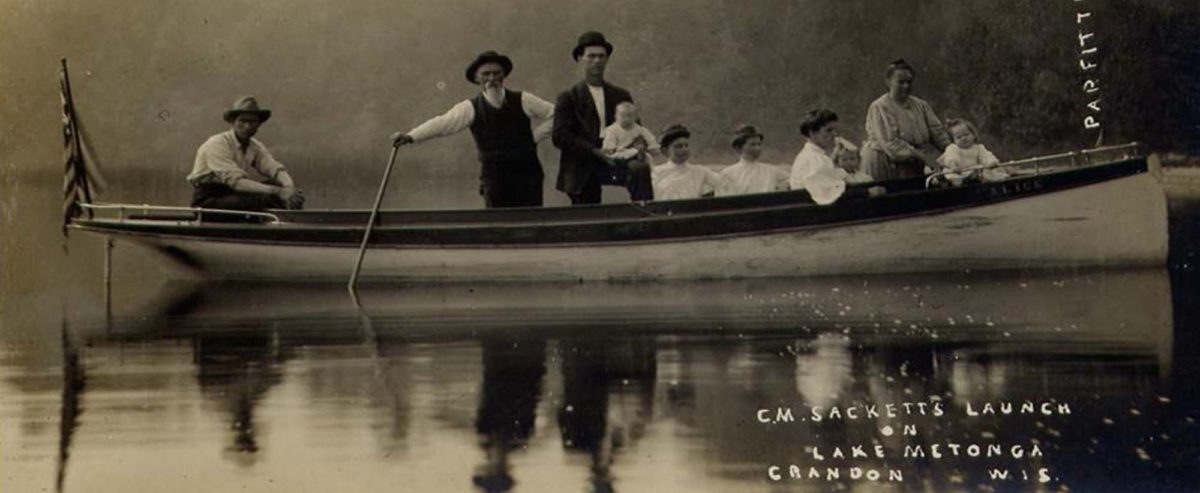
Hello Forest County Residents!
This Monday, January 26th from 1:00-3:00 pm, the Crandon Public Library will be hosting a public listening session featuring three Northern Wisconsin Legislators. Although we do not have many high ranking government officials make the trip to the North Woods it has happened in the past. During the 1907 Forest County Fair Lieut-Governor, W.D. Connor and Congressman, E.A. Morse made their way to Crandon. They spent their time getting to know the members of the community and viewing the exhibits of vegetable and agricultural products.
They were surprised that ” the backwoods county of Wisconsin should have an exhibition of products surpassing the old counties of the southern and central part of the state” (Forest Republican 1907).
Both of the men addressed the crowds at the fair so that Forest County residents could become acquainted their political views. Mr. Morse was an advocate for manual training schools and he was impressed by the Crandon High School. Connor’s goal was to try to eliminate some of the tensions between the warring factions of Crandon and Laona. The author of the newspaper article believed he was successful in his endeavors” (Forest Republican 1907).
The community members were not allowed to direct questions towards the government officials in 1907 but we have the opportunity to do so today.I urge everyone to share your concerns and opinions with the legislators at the Crandon Public Library.


















